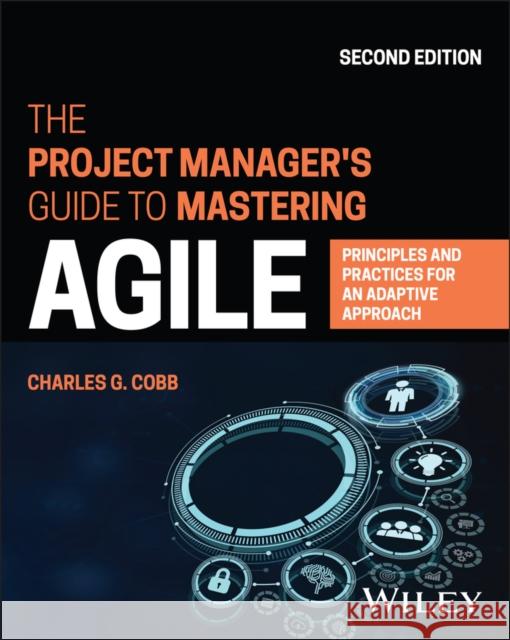The Project Manager's Guide to Mastering Agile: Principles and Practices for an Adaptive Approach » książka
topmenu
The Project Manager's Guide to Mastering Agile: Principles and Practices for an Adaptive Approach
ISBN-13: 9781119931355 / Angielski / Miękka / 2023 / 544 str.
The Project Manager's Guide to Mastering Agile: Principles and Practices for an Adaptive Approach
ISBN-13: 9781119931355 / Angielski / Miękka / 2023 / 544 str.
cena 269,01 zł
(netto: 256,20 VAT: 5%)
Najniższa cena z 30 dni: 266,81 zł
(netto: 256,20 VAT: 5%)
Najniższa cena z 30 dni: 266,81 zł
Termin realizacji zamówienia:
ok. 30 dni roboczych
Bez gwarancji dostawy przed świętami
ok. 30 dni roboczych
Bez gwarancji dostawy przed świętami
Darmowa dostawa!
Kategorie:
Kategorie BISAC:
Wydawca:
John Wiley & Sons Inc
Język:
Angielski
ISBN-13:
9781119931355
Rok wydania:
2023
Ilość stron:
544
Waga:
0.67 kg
Oprawa:
Miękka
Dodatkowe informacje:
Bibliografia
Glosariusz/słownik
Glosariusz/słownik











